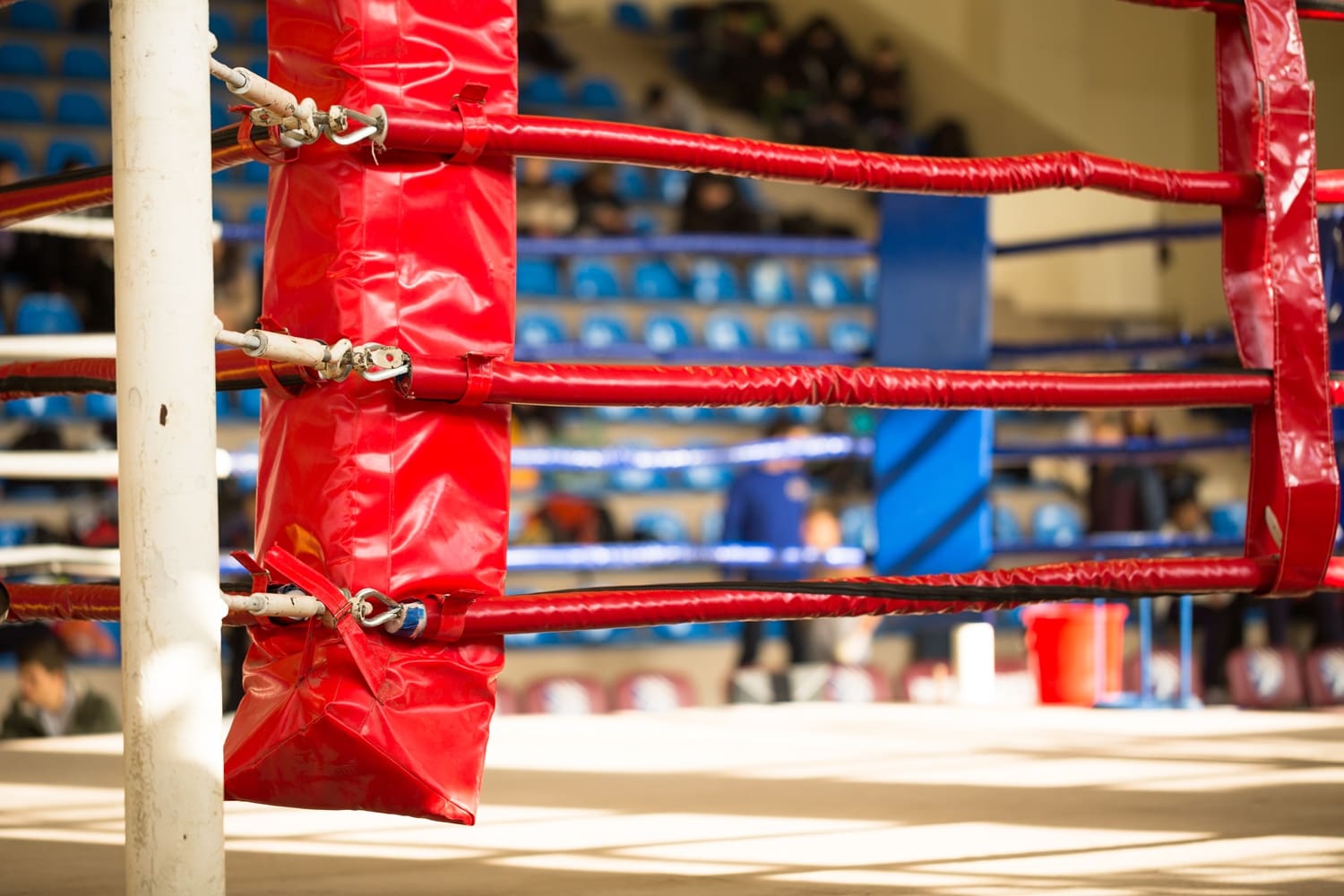4 Ways To Improve Your Club’s Approach To First Aid
It’s not always immediately clear how to best improve your club’s approach to the really serious matter of first aid. This is part due to a lack of practical ‘hands-on’ experience (which is arguably a good thing). Nonetheless, it’s something that requires genuine consideration.
1.) How Good Is Your First Aid Knowledge, Really?
For this one, you’ll need to swallow your pride and really think. It’s easy to jump to the assertion that as you hold a valid first aid qualification at the present time, you’re knowledge must be up to speed. Unfortunately, that’s not really the case.
The simplest way to offer safe and effective first aid treatment in your club (something which could help you avoid a costly insurance claim, it’s worth adding) is to make sure you really know to deal with the myriad of different injuries you might encounter.
Think about all of the key injuries you might come across in your discipline(s) and then consider just how well you think you could actually respond tomorrow if this occurred. Some common injuries to think about which are always broadly covered by first aid include;
- Scene/Incident Management
- Keeping safe
- Pre-existing medical conditions
- General fitness
- Recovery Position
- Heart Attack
- CPR
- Compression only CPR
- Choking
- Bleeding
- Shock and Fainting
- Head Injuries
- Sprains and Strains
- Dislocations and Fractures
- Eye injuries
- Dental Injuries
- Asthma
- Managing Pre-Existing Conditions
- Post Incident Reporting
- Paediatric CPR
- Paediatric Choking
- AED Use
If there’s anything on the above list which you don’t immediately identify or that you can’t immediately recall the correct treatment for, it’s time for a martial arts first aid refresher.
It’s always going to be better to complete your training in person, but if cost or location is going to be a hindrance, we can provide access to a discounted third party e-qualification which is recognised as a valid form of CPD. That might just help refresh you on the right course of action, and will count as your compulsory requirement to hold a first aid qualy.
2.) Do You Have All Of The Necessary Equipment?
This might sound a bit silly, but you would be surprised. Just throwing an arbitrary first aid kit into the bottom of your kit bag isn’t really going to cut it. Having the correct equipment is an absolute must. This includes not just a well stocked, properly considered first aid kit specific to martial arts (that is also regularly topped up) but also the correct protective equipment.
Poor quality or damaged gloves, bags and equipment will all heighten the risks of first aid failings, so start at the top and make sure all the equipment you’re using at your club is up to date, in good order and properly stocked.
3.) Are You Properly Risk Assessing Your Classes, And Evaluating The Key Concerns?
Your risk assessment should tell you all you need to know. Every instructor has a niggling concern about safety – it’s an almost absolute certainty. Your risk assessment should help confirm or relieve your fears surrounding this.
For example, you may have a recurring concern about dental injury. If you risk assess the likelihood, opportunity and relevant injury at club level and realise there’s very little chance of a dental injury occurring (because, for example, you don’t spar) then you can continue being cautious but not alarmed.
If, on the other hand, your risk assessment confirms there is an extreme risk of this occurring with serious damage likely, you can focus in on why – and make the necessary changes. Take the time to re-do risk assessments regularly – especially if you change any key component of your class, or switch venues.
4.) How Involved Are Your Students & Parents?
First aid isn’t just your responsibility – it’s something everyone should be bearing in mind. It goes hand in hand with safety of every student and visitor.
Asking parents and students to observe club rules and safety guidance is the obvious place to start, and your risk assessment can help you make an informed decision about what should feature highly in this key document./
Aside from the necessary checks it’s also important to have a discussion with parents (or participants) about how to keep one another safe, and what to do in an emergency. Simple guidance – such as promptly reporting sprains or strains – through to joint first aid courses to make everyone CPR aware – are all excellent ways of taking the stigma out of what is normally considered a ‘boring’ consideration.

